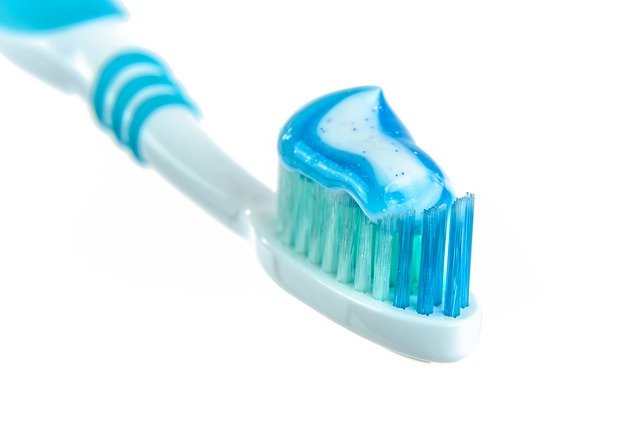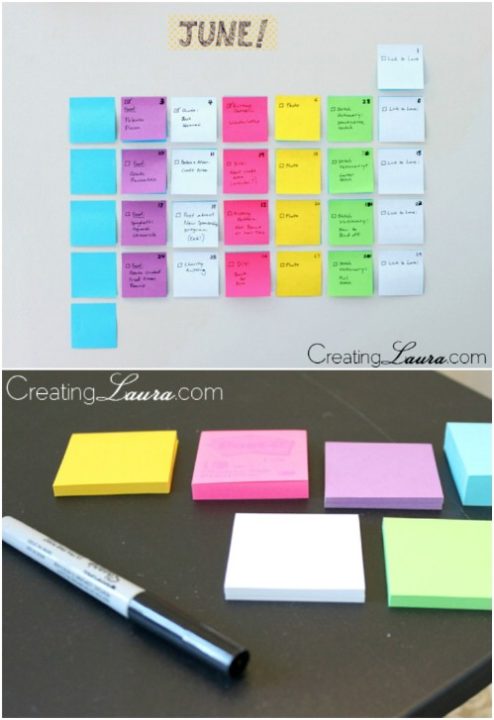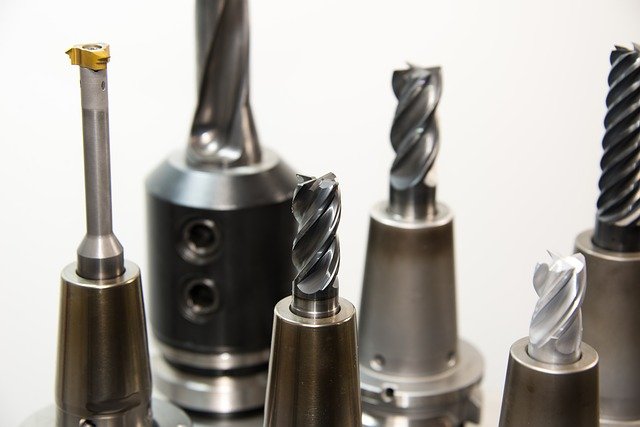Caring for your teeth usually has many steps. Brushing and flossing your teeth daily is a usual occurrence. You may use mouth wash to remove bacteria and freshen your breath. You may go to the dentist at scheduled times during the year for normal checkups. If you like you may even go to the dentist to improve the overall look of your smile.

If you do all of this, yet don’t properly care for the utensils you use in your daily routine you will find that your efforts to keep a healthy good looking smile will be obsolete.
In this article, we will talk about six ways you can look after your toothbrush.
Make sure your toothbrush remains dry
Although this may appear counterintuitive, you should always make an effort to keep your toothbrush dry. If moisture remains on your brush, it can encourage the growth of bacteria. And if you use a toothbrush filled with bacteria to clean your teeth, your chances of developing dental issues are high.
To store your toothbrush properly, you’ll want to take off any excess water once you rinse it off. Once done put it an upright position in a Toothbrush Holder. Don’t ever leave your toothbrush to lay flat on your sink after using it. If you can, rather use a toothbrush holder that keeps the bottom and top of the brush exposed to the air to enable the toothbrush to dry out completely.
Don’t apply pressure on your teeth
When you want to clean your teeth properly, you may want to apply pressure or force to remove plaque and food particles from your teeth. Although this method can appear effective it can damage the enamel part of your teeth, which can cause your teeth to deteriorate. When your teeth don’t have enamel as a protector, your teeth are likely to stain, corrode or get damaged.
Your toothbrush will also pay the penalty for using too much pressure when cleaning your teeth. Applying high pressure can cause bristles on the brush to fall out of place and to fray. Resulting in your brush not giving you an effective clean.
To avoid this, rather use repeated motions to clean your teeth. Move the toothbrush nicely in circular motions to get to every part of your tongue, gums, cheeks, and teeth.
When you use this method, you will have to brush your teeth a little longer to achieve an effective clean. But you will preserve the efficiency and lifespan of your toothbrush in the long term.
Rinse your toothbrush
Because your toothbrush gets in touch with your whole mouth. Germs, food particles, debris, and bacteria get collected in the process of cleaning your mouth. Also, toothpaste could get stuck in the lower parts of the bristles. So you, therefore, need to rinse your toothbrush after you have finished brushing your teeth.
Put the brush in warm running water. Begin by first washing your hands to ensure your fingers are clean. Then rub the bristles gently to clear them of anything that could be stuck.
Don’t share your toothbrush with others
This tip may seem obvious, but it’s still a good idea to keep it in mind. Regardless of the circumstances don’t ever share your toothbrush with another individual, family members included.
This is because sharing a toothbrush can increase the risk of spreading germs and bacteria. That can result in an increased risk of developing oral health issues.
Before you touch your toothbrush, wash your hands
Your hands touch several items throughout the day. Different types of bacteria are resident on the surfaces you touch. So if you fail to wash your hands before you touch your toothbrush, the germs inherent in them can move to your toothbrush and even your mouth.
So the bottom line, before you brush your teeth, always wash your hands. Use an antibacterial soap to make sure you reduce the measure of bacteria on your hands.
Ensure you cover your toothbrush while you travel
As mentioned before, you need to keep your toothbrush as dry as much as you can. When you are home, leave your toothbrush in a toothbrush holder to keep it dry. But when you are on the road traveling afar, make sure to keep your toothbrush covered.
A toothbrush case or cover protects the brush from any debris in your travel bag, toiletry bag, or suitcase. When you make your purchase choose an aerated case or cover and give the device some air while you store it.
Lastly
Make an effort to enhance your oral health routine and use the tips we have shared to care for your toothbrush carefully. If you need extra tips on how to look after this critical tool, ask your dentist. He or she will be able to give you additional advice and instructions on what is the right toothbrush to use for your mouth.






